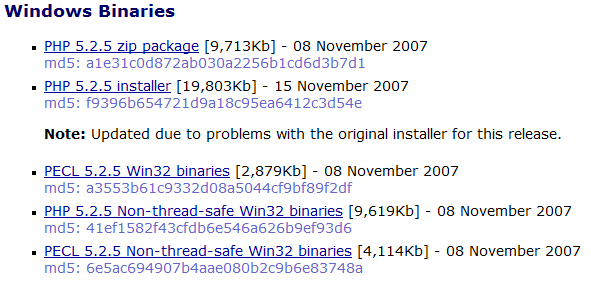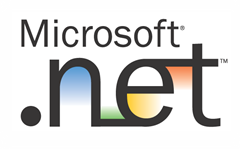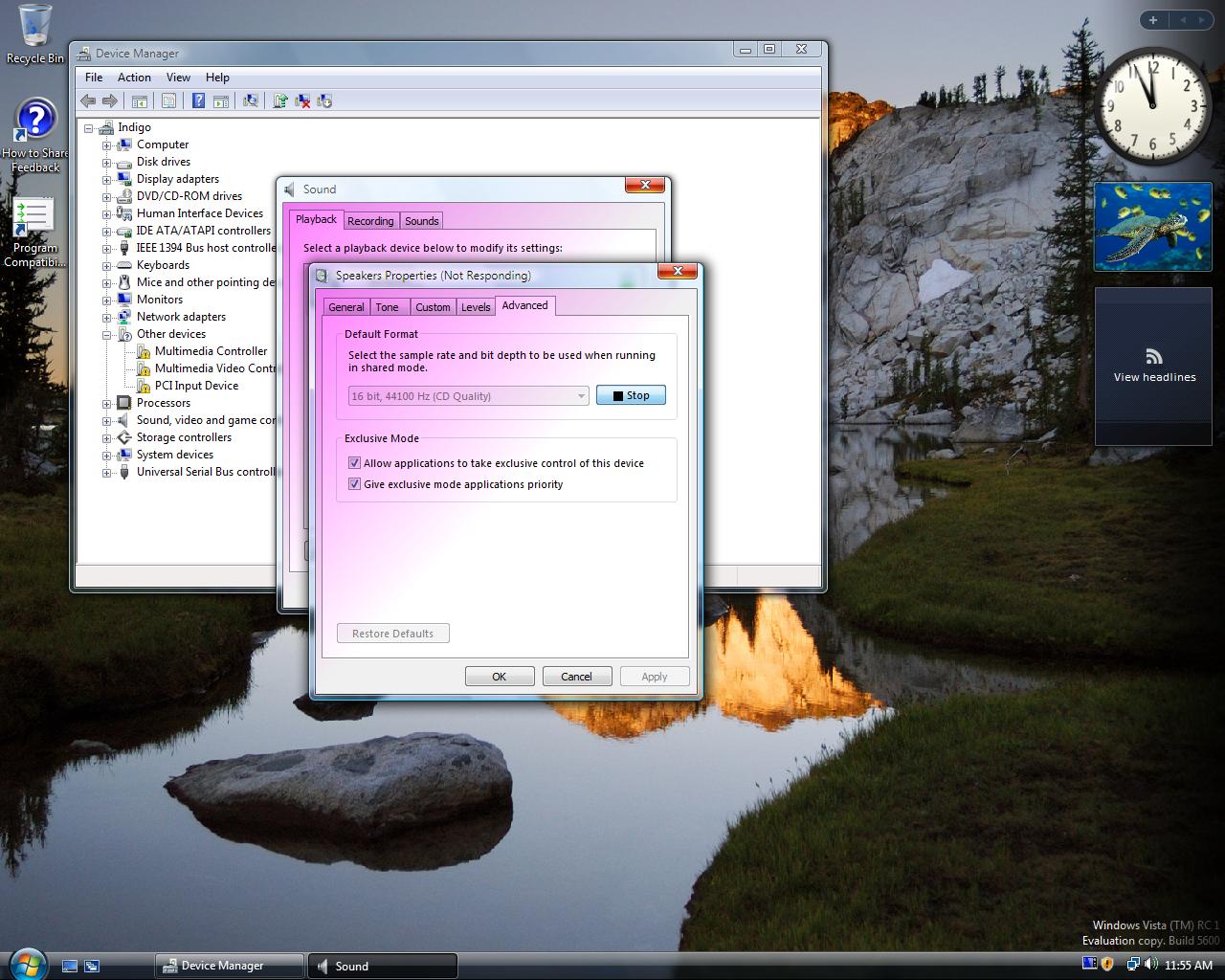There’s a section of the EasyBCD documentation/user manual/wiki that contains more than just information on how to use the program. If you’ve corrupted your bootloader, run into one or more bootmgr-related errors, installed Windows XP or Linux after installing Vista, or otherwise managed to fry, crack, melt, or break the Vista bootloader, then here’s how you fix it.
We’ve compiled information from over twos-years’ worth of experience with fixing broken bootloaders into a single guide, broken up into subsections for varying levels of damage to the bootloader. If you can get into Windows, we advise that you download & install EasyBCD, then follow the instructions in this section of the guide to repair the Vista bootloader from within Windows.
If your bootloader is so damaged that you cannot get into a Windows operating system, then get your Windows Vista DVD out and boot from it. If you don’t have a Windows Vista DVD, grab a copy of our Windows Vista Recovery DVD instead, stick it in your CD-ROM drive, and prepare to boot from it.




